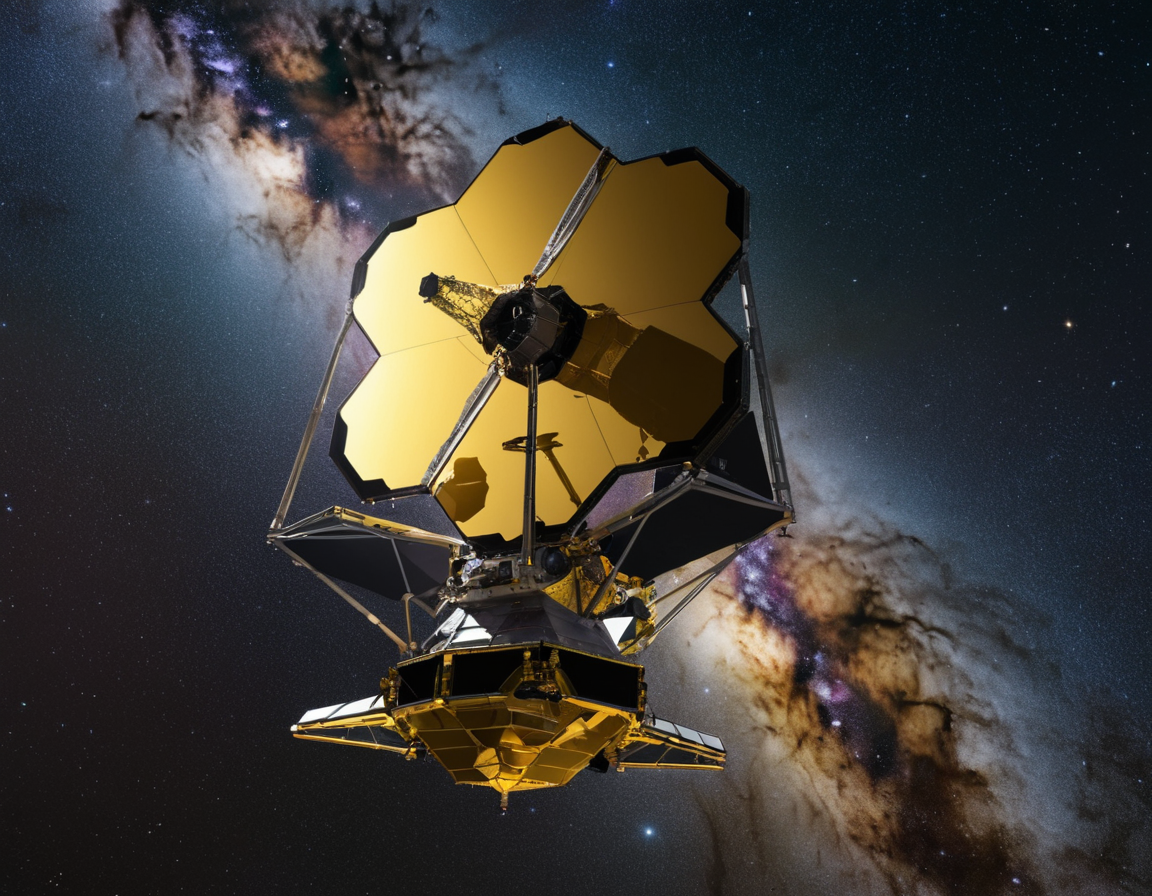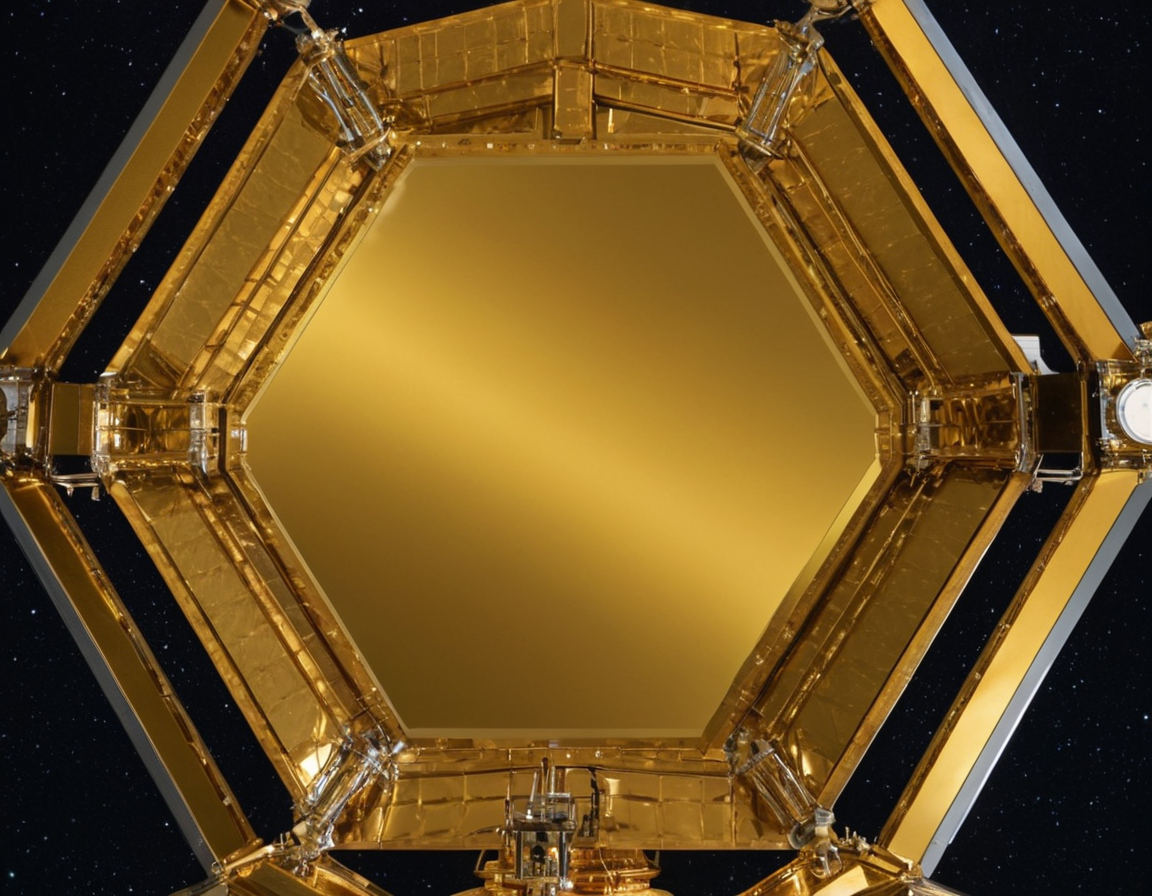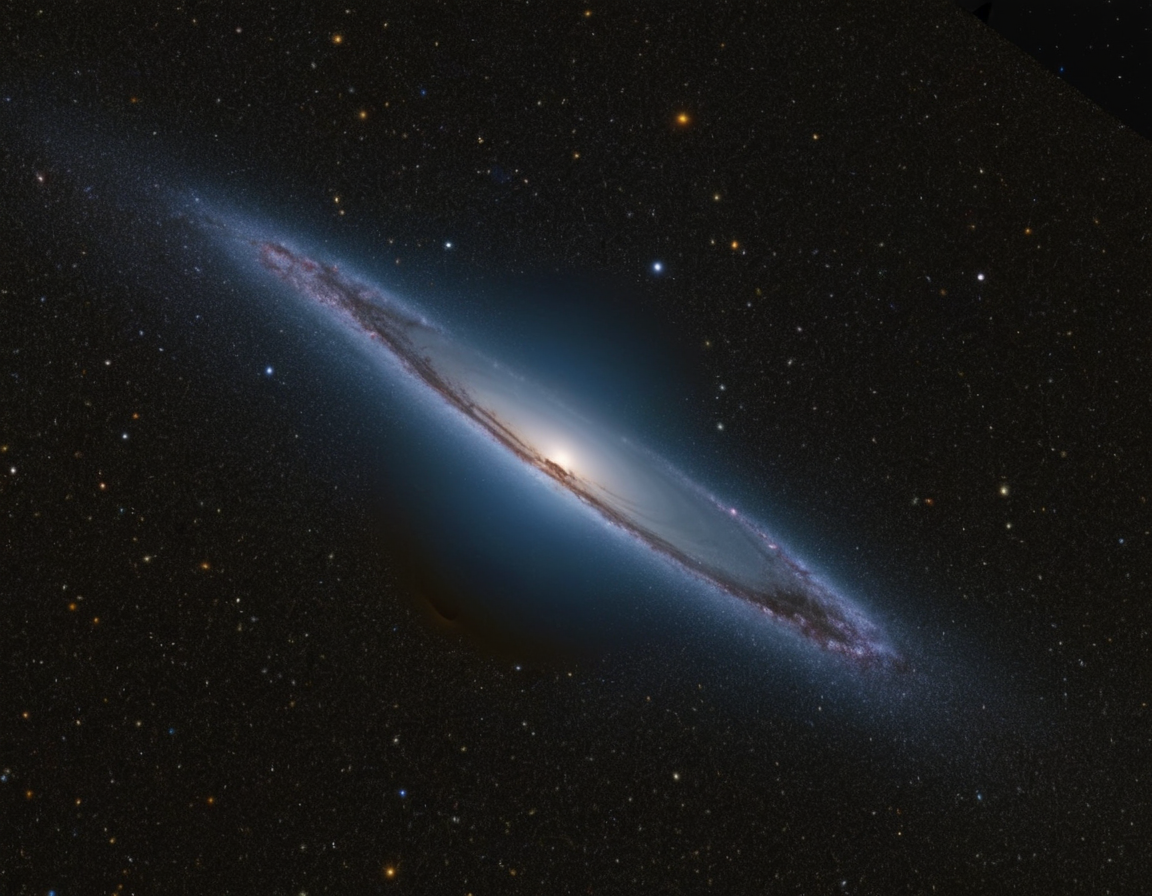Embracing the Future: The Extraordinary Journey of the James Webb Space Telescope
Exploring the Cosmos: James Webb Space Telescope’s Milestones and Discoveries
Humanity has always been fascinated by the vastness of space, and our quest to understand the universe has led to the development of increasingly advanced technologies. One of the latest marvels in this journey is the James Webb Space Telescope (JWST), the most powerful space telescope ever built.
What is the James Webb Space Telescope?
The JWST is an international collaboration between NASA, the European Space Agency (ESA), and the Canadian Space Agency (CSA). It is designed to study a wide range of astronomical and cosmological phenomena, from the formation of stars and planets to the detection of life on other worlds. 
Key Features and Innovations
Boasting a 6.5-meter primary mirror made of gold-coated beryllium segments, the JWST has sophisticated instruments for unprecedented observation capabilities. It operates primarily in the infrared spectrum, allowing it to peer through cosmic dust and observe the dawn of galaxies. 
Groundbreaking Discoveries
Since its deployment, the JWST has made several groundbreaking discoveries. It has captured the most detailed images of the early universe, provided new insights into black hole formation, and studied the atmospheres of exoplanets, searching for signs of life.
- Observations of the Oldest Galaxies
- Studies of Black Hole Formation and Growth
- Exoplanet Atmosphere Analysis

Scientific and Societal Impact
The JWST’s findings have not only advanced our scientific knowledge but also captured the public’s imagination, inspiring a new generation of astronomers and space enthusiasts.
Conclusion
The JWST continues to unlock the mysteries of the universe, providing a window into the past and a beacon for future explorations. Its journey represents humanity’s unyielding pursuit of knowledge and the enduring spirit of discovery.

Stay tuned with us for more updates on the James Webb Space Telescope’s mission and its impact on our understanding of space.






